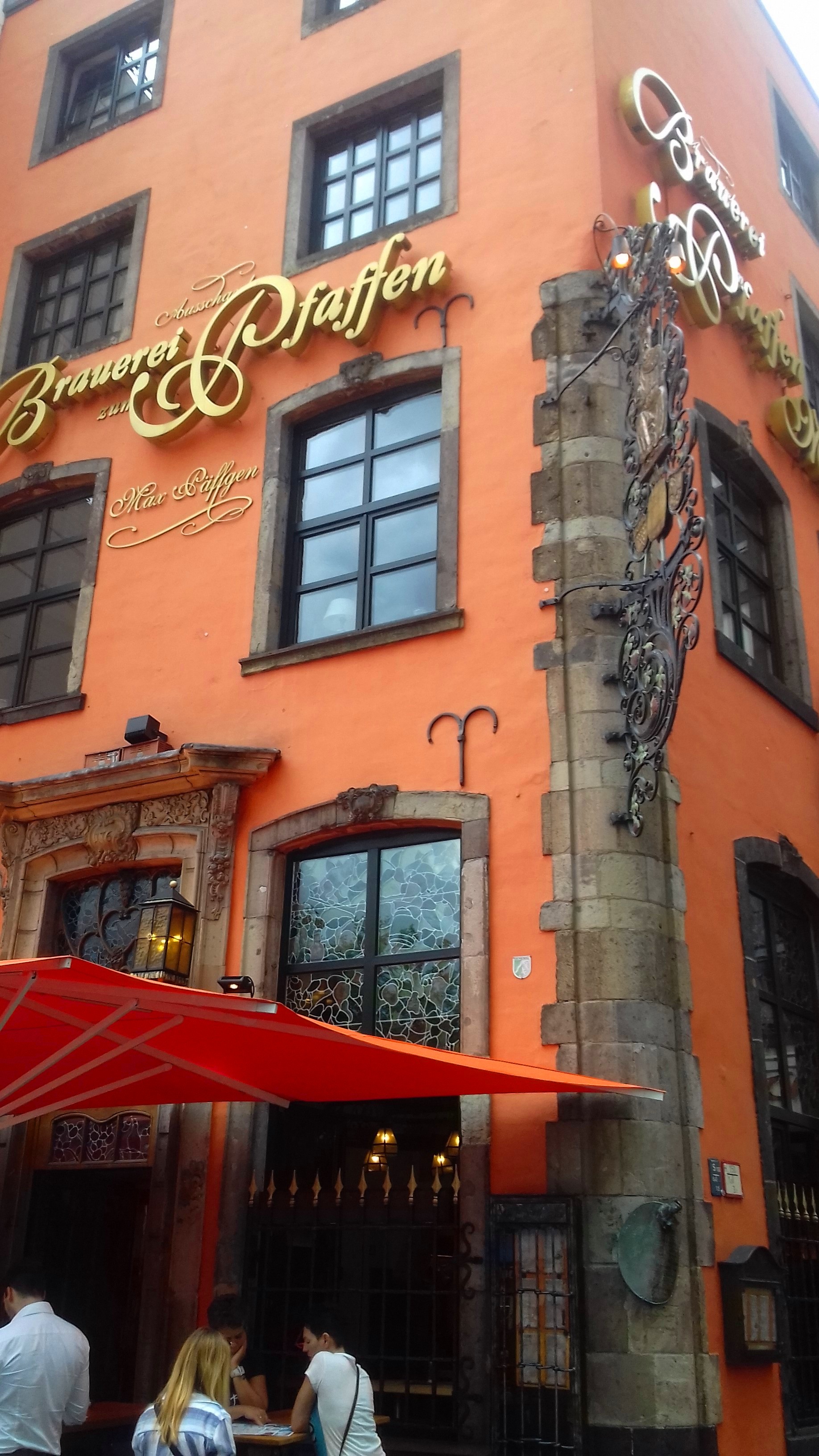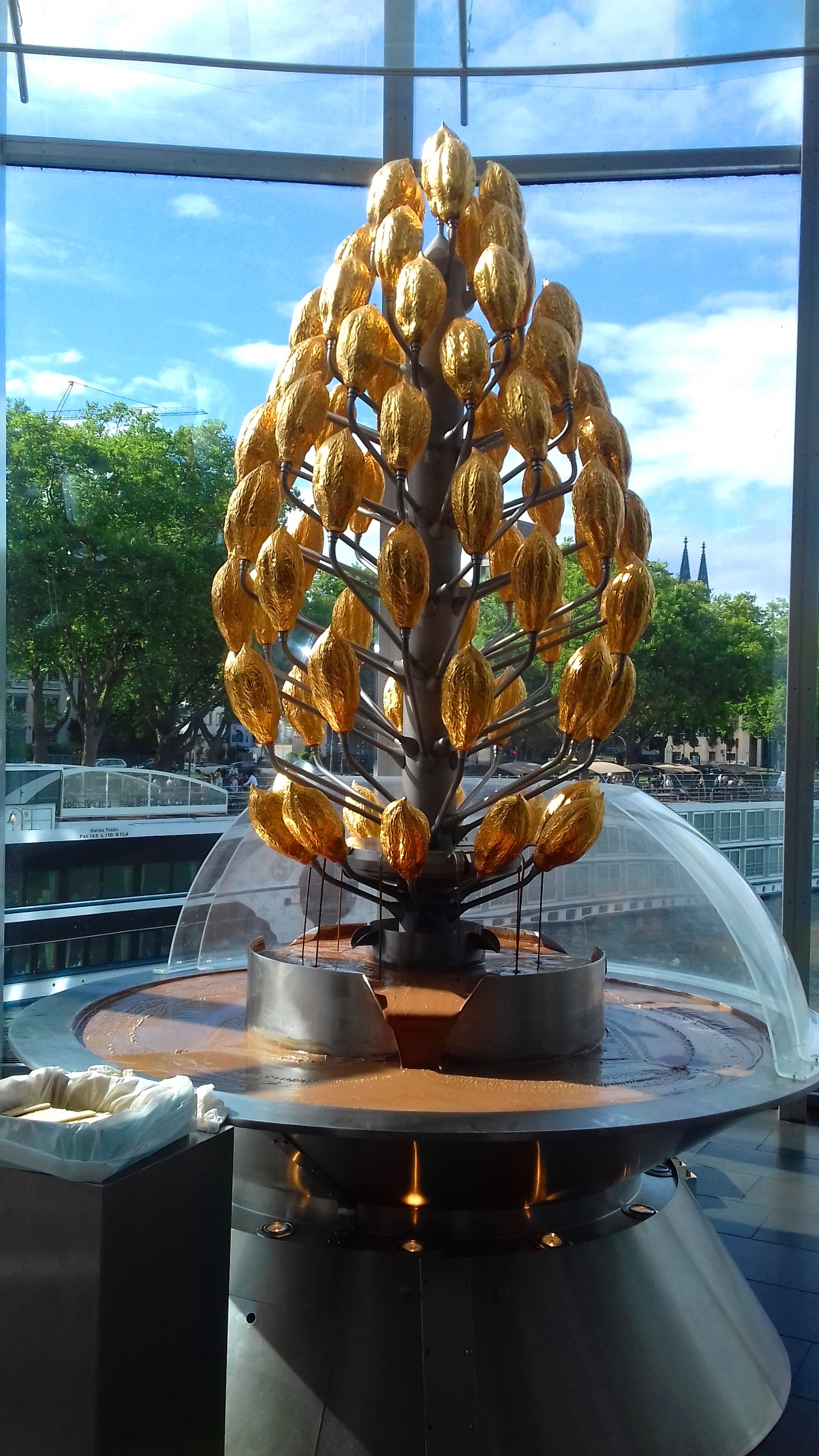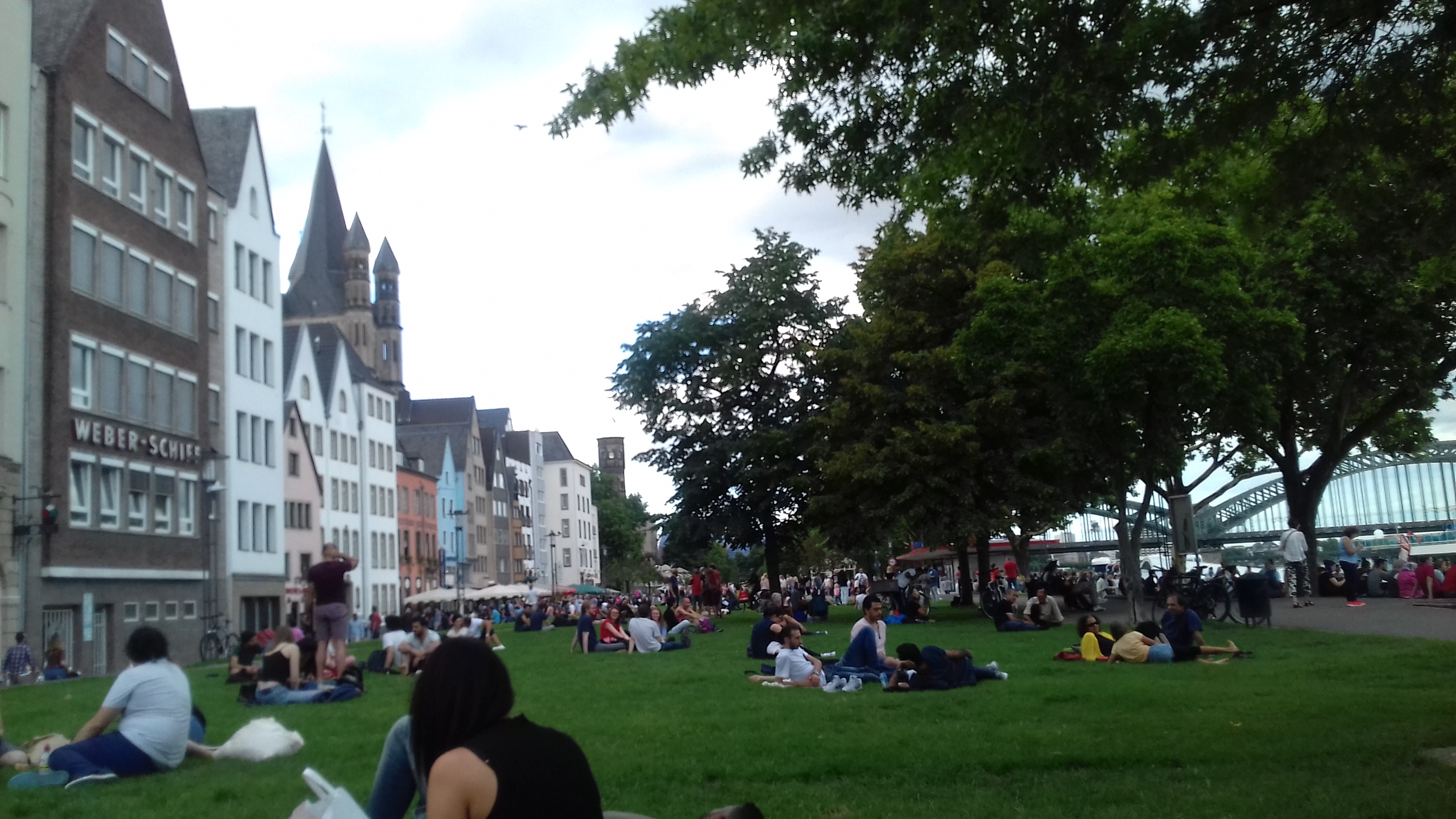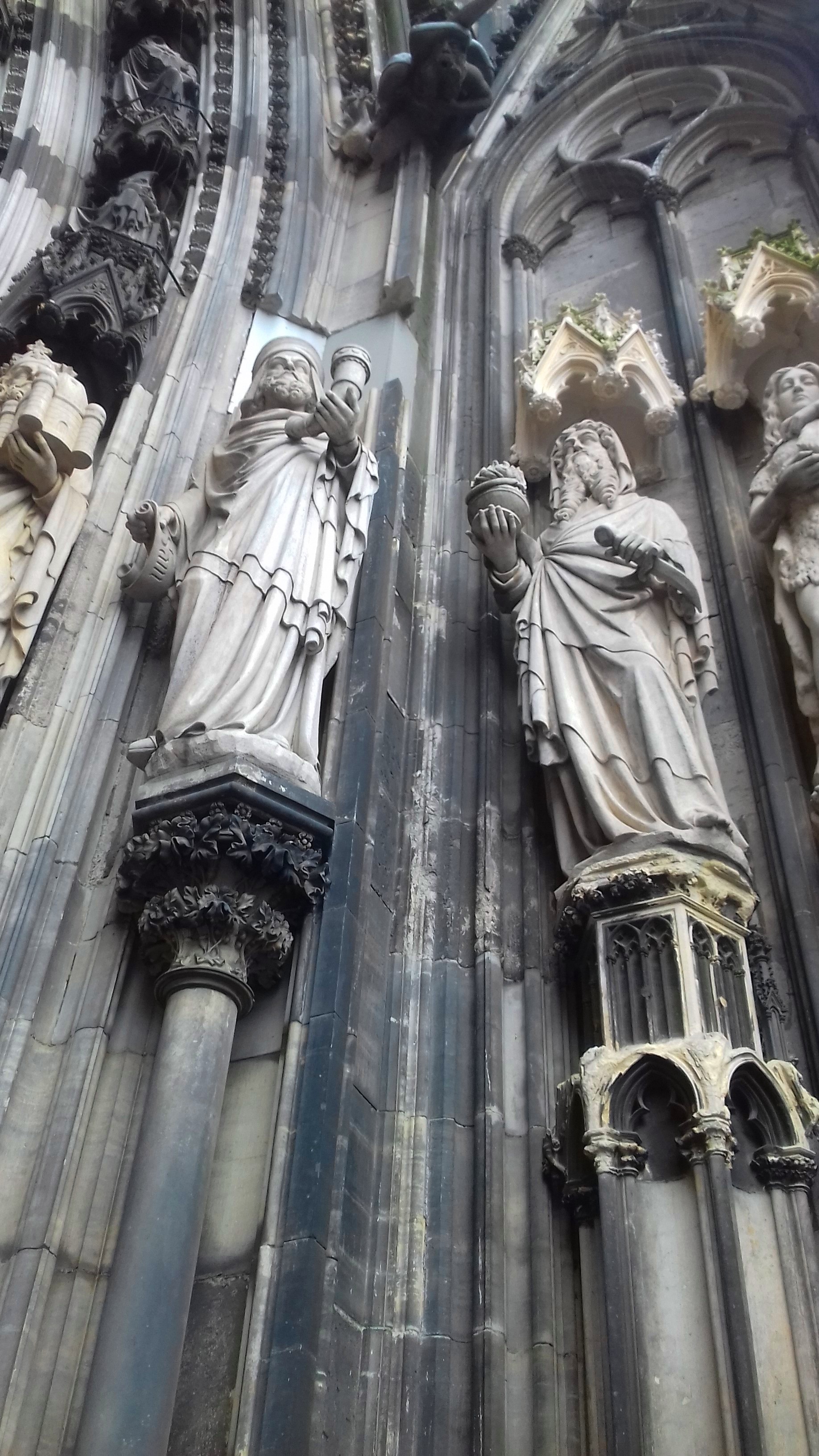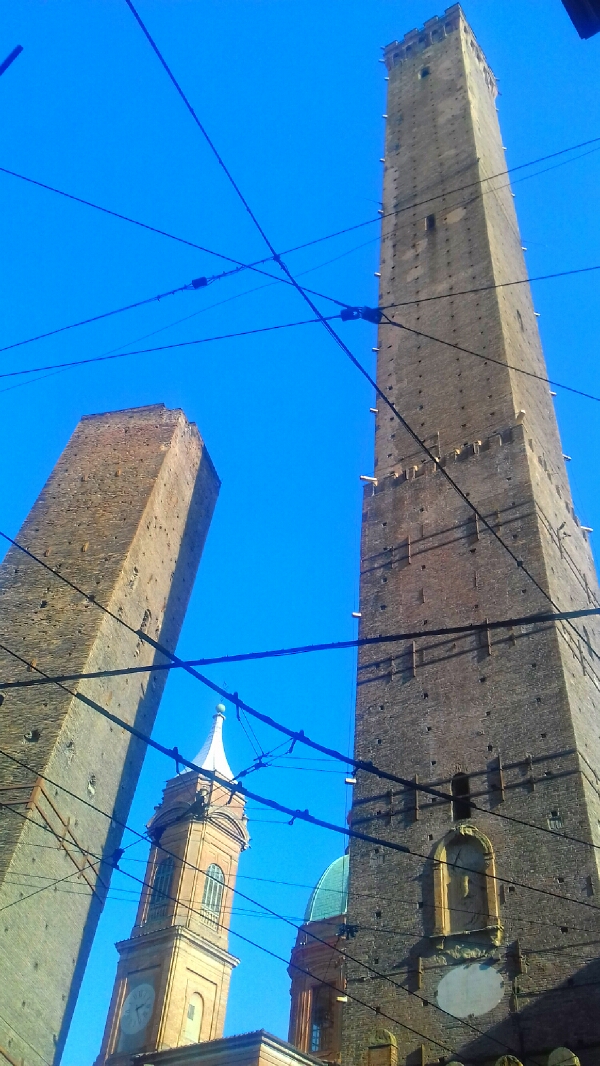As you step out of train from the central railway station, you see the well known cathedral. And of course, the city center. But, this place is not only about this landmark. What comes into my mind when I say Koln, is a delicious museum of chocolate where you can spend a few good hours learning about the making of history from th Aztecs to present days. You can see every stage of chocolate here and a wide variety of it. You can find all the history related to Cocoa and the other chocolates. There is a huge area for kinder joy where children can have fun and interactive way to learn more about chocolate making process.
Cologne has one of the world’s best collections of museums and galleries, an ethnographic museum, and an abundance of Roman remains. Among its attractions are Roman remains, medieval churches, Baroque palaces, and museums.
Cologne’s importance never really slowed, and today, the city remains one of Germany’s most important cultural centers, home to numerous arts and entertainment facilities, along with more than 100 galleries and at least three dozen museums.
A large proportion of Cologne’s area consists of parkland, woods, lakes, sports facilities, and open areas. Two major park systems follow roughly the concentric patterns of old fortifications around the Innenstadt. The first is just outside the Ringstrassen and includes zoological and botanical gardens, the Stadtgarten, and the Volksgarten. The second, the Outer Greenbelt, is a wooded area contains extensive recreation grounds and the Müngersdorfer Stadium. On the right bank of the river is the Rhine Park, a large green area, a convention centre with halls for fairs and exhibitions.
Cologne’s Old Town Hall, the Kölner Rathaus reflects a number of different architectural influences, including the 14th-century main building, the 15th-century tower, and a Renaissance-style loggia and cloister. Even the 20th-century influences are pleasing, as seen in the atrium. Other highlights include the Hanseatic Hall, with its Gothic figures of eight prophets; the nine “good heroes” and its sonorous carillon that plays three times each day.
The cathedral is of course the star of this city. Its twin towers rise 157 metres above the city centre. After an earlier cathedral on the site was destroyed by fire in 1248, it was decided that a new one would be built in the Gothic style. The cathedral stood unfinished until 1842, when work was resumed. In 1880 the enterprise was finally completed. Covering an area of 6,166 square meters, its soaring roof is supported by 56 pillars. The cathedral is filled with treasures: the 12th-century Reliquary of the Three Kings created by local goldsmiths; the famous relief of the Adoration of the Kings (1440); the Treasure Chamber, with precious objects that include ancient reliquaries and manuscripts. Panoramic views from the south tower are reached by more than 500 steps that pass the cathedral’s famous bells.
Alleys lined with traditional old houses, many now home to boutique shops, galleries, cafés, and restaurants take you to a lovely walk along the Rhine.
Surely, there is a Zoo here, as well. Founded in 1860, is one of Germany’s oldest zoological gardens, as can be evidenced in its fine collection of 19th-century menagerie buildings, including its Moorish-style elephant house and an old birdhouse resembling a traditional Russian church. One of the most appealing features of the zoo is that you can see its history , with modern facilities. Do not forget the Botanical Garden.
If you are looking for a day without too much stress and little planning, just take a walk. Very crowded place, lots of people, tourists, pubs, shops and other attractions that can add flavour to your day!

